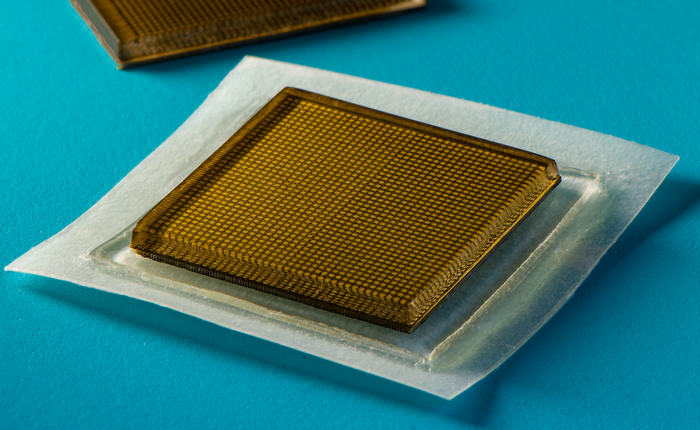Current ultrasound technology is bulky and requires a trained technician to use. It uses sound waves transmitted through a liquid gel to map the internal landscape of your body. MIT engineers are aiming to change that.
Their paper, appearing in Science, details new technology that can make ultrasound images as easy as wearing a band-aid.
Their stamp-sized device can produce live, high-resolution, continuous imaging. These images map major blood vessels and deeper organs. The stickers maintained strong adhesion and captured the changes in volunteers’ organs as they sat, stood, jogged, and biked.
While the current design requires connecting the stickers to instruments that translate the sounds, the team is working on a wireless solution. Their present form, however, can provide doctors with continuous insight into their patients’ health without a technician to operate the ultrasound.
Current long-term ultrasound options are sub-optimal. One is a robot that holds the probe steady, but the liquid gel needed by the machine to transmit the ultrasound waves often runs from the site or dries. The other option is a stretchable probe that can adhere to the body but only provide low-res images.
The MIT team’s new ultrasound sticker produces higher resolution images over a longer duration by pairing a stretchy adhesive layer with a rigid array of transducers. This combination enables the device to conform with the skin while maintaining the relative location of the transducers.
The new device has three layers: an elastomer encapsulating a middle layer of hydrogel. The gel is solid, elastic, and stretchy, and the elastomer layers prevent gel dehydration. The top layer of elastomer adheres to a rigid array of transducers, while the bottom layer sticks to the skin.
The entire device is 2 square centimeters across and 3 millimeters thick—the size of a postage stamp.

